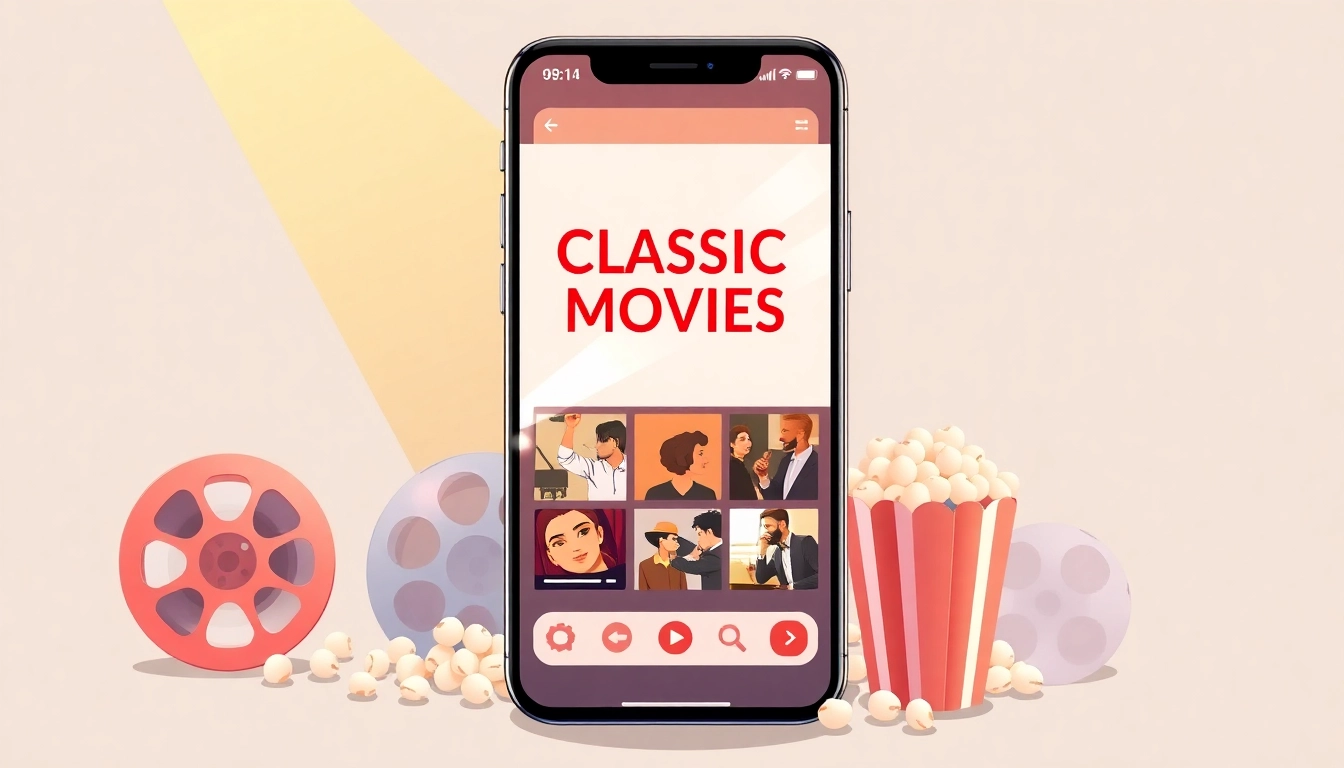Understanding Music Pitching
In the dynamic world of music, artists must continuously seek innovative ways to share their creations. One of the most effective methods for doing this is through music pitching, a process that involves presenting your music to various industry stakeholders to gain visibility and recognition. Whether it’s for placement on playlists, radio stations, or blogs, understanding the nuances of this practice can significantly impact an artist’s journey toward success.
What is Music Pitching?
Music pitching refers to the act of presenting a song or a collection of songs to curators, music supervisors, radio stations, or industry professionals. The goal is to secure placements that can reach a broader audience. This involves crafting a convincing narrative around the music, highlighting its unique qualities, and articulating why it is deserving of attention. Given the myriad platforms available today, effective pitching is not just about sending a demo; it’s about strategically showcasing your work in a manner that resonates with the intended audience.
The Importance of Effective Music Pitching
Effective music pitching is crucial for several reasons. First, it can lead to increased exposure. Successful placements on playlists can introduce an artist to thousands of new listeners, often translating into increased streams, followers, and even concert attendees. Moreover, successful pitches can open doors to collaborations, licensing agreements, and helps build professional relationships within the industry. Ultimately, a well-executed pitch can serve as a catalyst for an artist’s career trajectory, elevating them from relative obscurity to prominence.
Common Misconceptions About Music Pitching
There are numerous misconceptions surrounding music pitching. One common myth is that you must be signed to a record label to pitch your music effectively. In reality, independent artists can and do successfully pitch to industry professionals. Another misconception is that pitching is solely for those with extensive networks. While connections can certainly help, the focus should be on creating an enticing pitch that highlights the music’s potential. Lastly, many believe that a single pitch is sufficient. In truth, successful pitching often requires persistence and multiple attempts, as curators receive numerous submissions daily.
Best Practices for Music Pitching
Tailoring Your Pitch for Different Platforms
Every platform has its unique audience and preferences, necessitating tailored pitches. For instance, when pitching to Spotify playlists, it’s important to follow their specific guidelines. Spotify encourages artists to submit their music at least seven days before a release, allowing enough time for consideration. On the other hand, when approaching music blogs, it’s essential to research the publication’s content style and audience interests. Tailoring your approach can significantly enhance the chances of your music being featured.
Creating Compelling Press Kits
A press kit is an indispensable tool in music pitching. A well-crafted press kit typically includes a professional bio, high-resolution images, links to music, and press coverage, if available. The press kit should succinctly convey an artist’s story and brand, making it easier for curators to understand the artist’s vision. Including a personal touch or narrative about the song can also resonate with curators, making the pitch more memorable.
Building Relationships with Curators
Establishing genuine relationships with curators can lead to long-term benefits. Engage with curators on social media, attend industry events, and be open to constructive feedback. A personalized approach often yields better results than mass emailing. It shows that you appreciate their work and are not just sending a generic pitch. Fostering these relationships can also lead to exclusive opportunities, such as interviews or feature articles, that further amplify your music’s reach.
Tools and Resources for Successful Music Pitching
Using Online Platforms for Music Submission
Numerous online platforms facilitate music submission to playlists and blogs. Services like SubmitHub and Groover streamline the process by allowing artists to submit their tracks to numerous curators at once. These platforms offer transparency about which curators have listened to your track and provide feedback where applicable, enabling artists to learn from the pitching process. This can be a game changer for indie artists looking to maximize their outreach without spending an excessive amount on marketing efforts.
Leveraging Social Media for Music Promotion
Social media remains one of the most powerful tools for music promotion. Artists should actively use platforms like Instagram, Facebook, and TikTok to share snippets of their music, engage with fans, and build a community. Regular updates about upcoming releases and behind-the-scenes content can keep followers engaged. Additionally, utilizing social media to directly reach out to curators, journalists, and influencers can supplement traditional pitching efforts.
Essential Software for Music Creation and Pitching
Having the right tools can streamline both music creation and the pitching process. Digital Audio Workstations (DAWs) like Ableton Live or Pro Tools are essential for producing high-quality music. Additionally, software like Canva can help you create visually appealing press kits and promotional materials. Email management tools can also be invaluable for tracking pitches and follow-ups, ensuring that you stay organized while reaching out to potential curators.
Analyzing the Success of Your Music Pitch
Key Performance Indicators (KPIs) to Track
After submitting pitches, monitoring KPIs can help assess effectiveness. Metrics like the number of plays, saves, and shares a track receives, as well as growth in follower counts, can provide insight into how well the music resonates with audiences. Additionally, tracking responses from curators can identify what approaches are effective. Analyzing these metrics can help artists refine their future pitching strategies to achieve better results.
Gathering Feedback from Curators
Feedback from curators is one of the most valuable sources of information for improving music pitches. Whenever possible, ask for feedback on submissions. This can provide insights into what worked and what didn’t, allowing for adjustments in both the music and the pitch. Constructive criticism can illuminate areas for growth, enabling artists to enhance their craft and approach over time.
Adjusting Your Strategy Based on Results
Successful pitching is an iterative process. If certain strategies or songs do not yield the desired results, it’s important to pivot accordingly. Analyze the feedback and metrics, tweak your music or pitch, and try again. The music landscape is constantly evolving, and your strategies should adapt to incorporate new trends and insights from your audience and industry professionals.
Future Trends in Music Pitching
The Role of Data Analytics in Music Pitching
Data analytics is becoming increasingly crucial in music pitching. Understanding audience demographics, streaming patterns, and responses to previous pitches can inform a more strategic approach. Platforms like Spotify for Artists offer analytics that help musicians track their performance and audience engagement, enabling them to tailor their future pitches more effectively.
Emerging Technologies Shaping the Industry
Emerging technologies, such as artificial intelligence (AI), are beginning to influence music pitching. AI-driven algorithms can analyze audience preferences and suggest optimal times to pitch or what type of music might resonate well. Moreover, machine learning can help predict trends in music, guiding artists on what genres or themes to explore to increase their chances of getting noticed.
The Impact of Streaming Services on Music Pitching
Streaming services have revolutionized music consumption and, in turn, the pitching landscape. The proliferation of playlists as a significant mode of music discovery means that getting featured on a popular playlist can dramatically change an artist’s career. Artists need to develop a robust strategy for approaching playlist curators proactively while continuously engaging with their fan base to maximize their visibility on these platforms.




